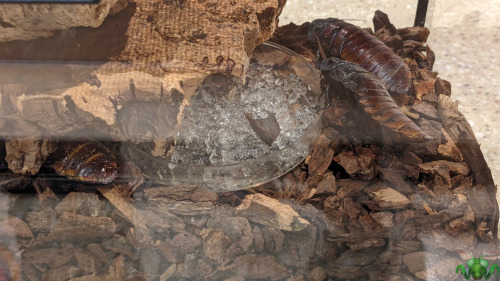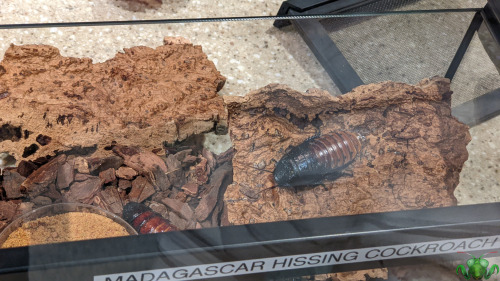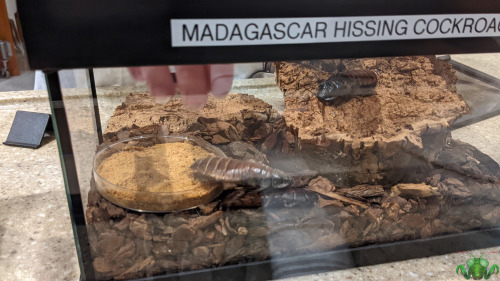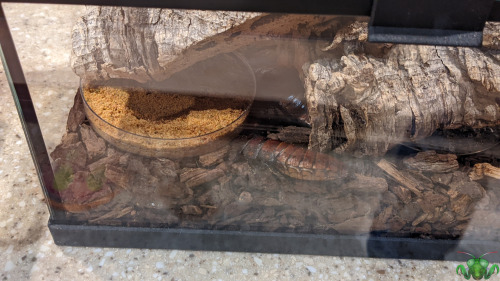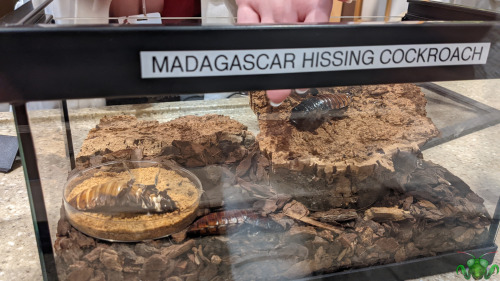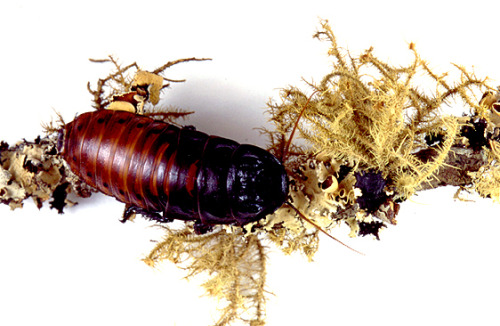#blattodea
Madagascar Hissing Cockroach - Gromphadorhina portentosa
What’s this? Educational insects? Yes, indeed! Over the weekend I got the chance to visit the Ontario Science Centre to see their Bug Lab Exhibition. The showcases were created by Te Papa, the museum of New Zealand in collaboration with Weta, both coming together to make something absolutely astounding, engaging and interesting. The exhibitions feature large models of insects in their environment and exhibits that demonstrate the magnificence of insects and how much there is to learn about them and apply that knowledge to our own growth as a society. It is mostly geared towards children, but I thoroughly enjoyed it myself, and I’m very grateful I was able to go. Images of the showcase will arrive on the blog next Tuesday (can’t go spoiling things just yet), but in the meantime we have tropical insects to see from the live showcase, many of them a familiar sight in the educational environment. Since these insects belong to the Centre, I’ve labelled them with the mantis logo. During the live showcase, the presenter was kind enough to allow us to take pictures of these large creature after introducing them to the audience.
Our presenter was even brave enough to pick one up and let it crawl in her hand to demonstrate how a Roach of this size moves when brought into the light. Good thing too, otherwise they may have spent the entire show hidden underneath their logs away from the hustle and bustle of Science Centre. Their ability to hide comes from their flattened, armored body that lets them squeeze into tight spaces without fear of being crushed. There were 3 Roaches to see in this terrarium, a mix of males and females (look for the bumps), all robust and healthy from a steady diet of vegetables and supplemental powder. Sometimes things can get too excited and a Roach can fall into their dish flipped over, but it does provide an opportunity to view the underside of these swift speedsters. Since these insects are large and exotic, they’re a hit with children (even if the adults may not agree) and their lack of wings means they are not likely to escape easily, even if they tickle when they walk. Though time was limited, I’d have liked to see more on these Roaches and to hear more about their role in the ecosystem as detritivores and how their hiss (it was briefly mentioned, but most how it is created) is used to communicate. I wonder if I’ll ever get to hold one of these myself in the future.
Pictures were taken on February 20, 2022 at the Ontario Science Centre using a Google Pixel 4. Please go and visit the bugs while you can!
Post link
Madagascan Hissing Cockroach (Gromphadorhina portentosa). These large roaches can produce several types of hissing sounds by forcing air through their spiracles. Calls can be territorial, to attract mates, or to fend off predators.
Post link

